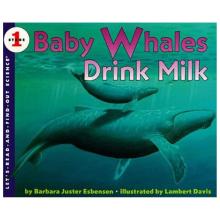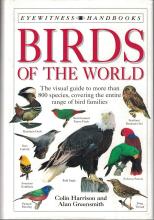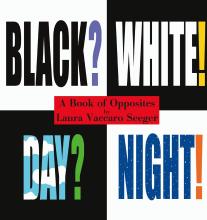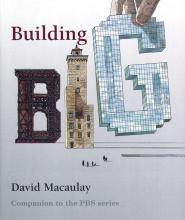Picture Books
An Alphabet of Catholic Saints
Also available in softcover
An Egg is Quiet
Angus and the Ducks
Various editions available
Ask Albert Einstein
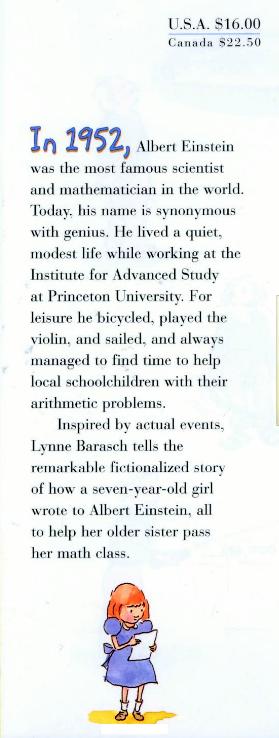
So maybe your elementary school age child will not learn much Math with this book--the one problem shown involves the Pythagorean theorem and it shows the external tangent line touching two circles--but she may learn a few related things: who is Albert Einstein, why he came to America, where he worked and study, ... and how he actually helped some kids with their Math homework!
My husband enjoyed the allusion to Archimedes in Annabelle's bathtub scene... and my favorite pages in the whole book are the inside pages of the front and back covers: Einstein's own quotes each illustrated with adorable drawings of Einstein doing all sort of things. Here are a couple: "When the solution is simple, God is answering," and. "Joy in looking and comprehending is nature's most beautiful gifts." A very cute story, based on real events, this book enchanted our 10 year old Math-challenged artistically oriented student.
Baby Whales Drink Milk
A nice picture book which introduces basic facts about whales and what they are: mammals rather than fish. Includes nice pictures (with some beautiful scenery) and informative text.
Beginnings
Birds of the World
This is my favorite of the Dorling Kindersley Eyewitness Handbooks and I would venture to guess that it's probably the best bird handbook you can find. Hundreds of birds, from doves and swallows, to hawks and falcons and tropical birds are included with clear photos, a small map of where they can be found, an icon showing how large they are in comparison to the book, and other basic information about their habitat, migration, etc. Our family has used this guide extensively in identifying and learning more about the substantial variety of birds we find in our own backyard. It's also interesting to see pictures of the sorts of birds we probably won't see in our backyard, such as penguins, turkeys, and eagles. The information appears to be limited to facts about different species of birds, rather than getting into more theoretical and philosophical (not to mention controversial) areas such as evolution and the environment.
Black? White! Day? Night!
Here's a clever picture book about opposites! We loved it so much, the kids told me this had to be a picture book of the week.
Each page has a one-word question, such as "alike?" Each page has one or more cut-out windows, showing a picture–in this case, several "alike" diamonds. Flip the page and the picture of an opposite concept is shown: the little "alike" diamonds were actually all part of several very differently-shaped snowflakes!
Have fun with his colorful and imaginative book of opposites!
Building Big
Originally written as a companion to the PBS series of the same name, Building Big stands on its own quite well — a good thing, because the videos are no longer in production.
If you are familiar with David Macaulay's other books, such as Castle and Cathedral, also reviewed here, Building Big has a similar visual appeal with drawings that delve into the details of the structures in a way that is both fun and informative. I would especially recommend this book to kids (and adults!) ages 10 and up who enjoy building toys such as Legos, K'nex, or wood blocks, as well as to those who are interested in historical structures or how things are made. Younger children who have similar interests will also enjoy the pictures, especially if a parent summarizes the text for them.
The book covers BIG Civil Engineering structures ranging in construction date from ancient Rome through the 20th century. There are sections covering bridges, tunnels, dams, domes, and skyscrapers, with four to ten chapters in each section, each covering the design and construction of an outstanding example of that type of structure. The examples are chronologically sequenced and show important steps in the history of the development of techniques and technology.
The combination of text and illustrations does an admirable job of making learning about building on a large scale enjoyable. Many excellent drawings and diagrams explain how particular structures were built, showing relevant details and the techniques used. They also explore why certain materials and designs were chosen as solutions to the problems specific to the desired function, siting, and other constraints.
Along with hands-on construction toys, books like this one can help kids develop a gut feel for forces, loads, and so forth, which are very important to future work in engineering or construction (even small scale construction like home improvement projects). Dh and I are both engineers, as are two of our sons. We have been surprised that many engineering students today lack that intuitive sense — possibly a consequence of more "virtual" play and less physical play — and would love to see that trend reversed.




